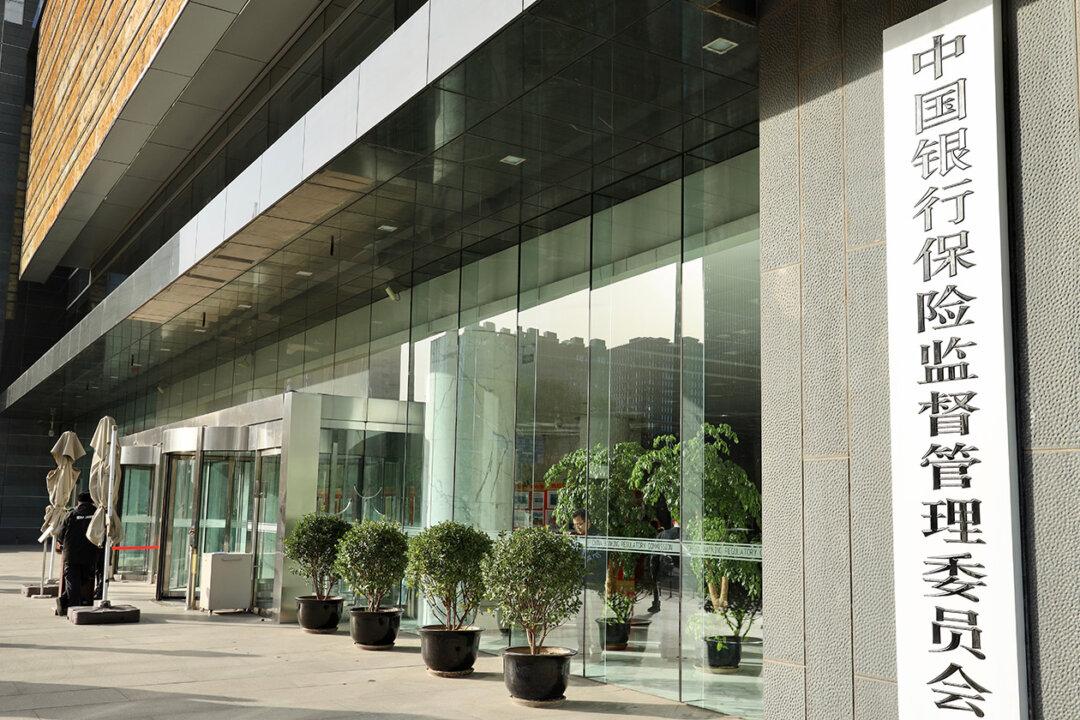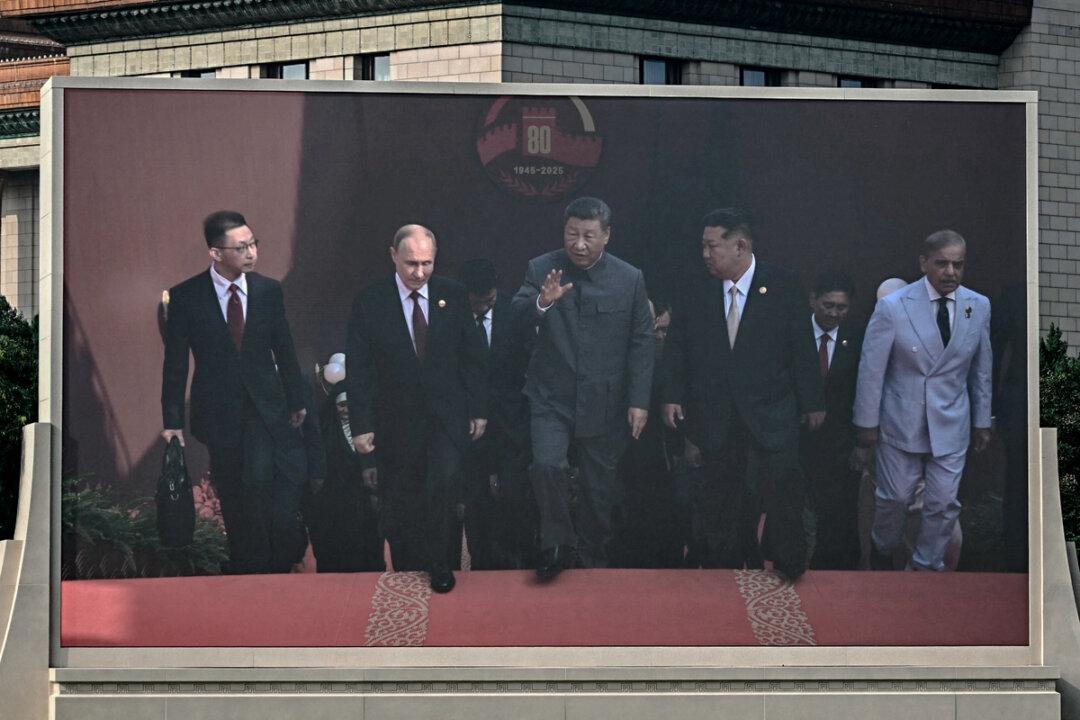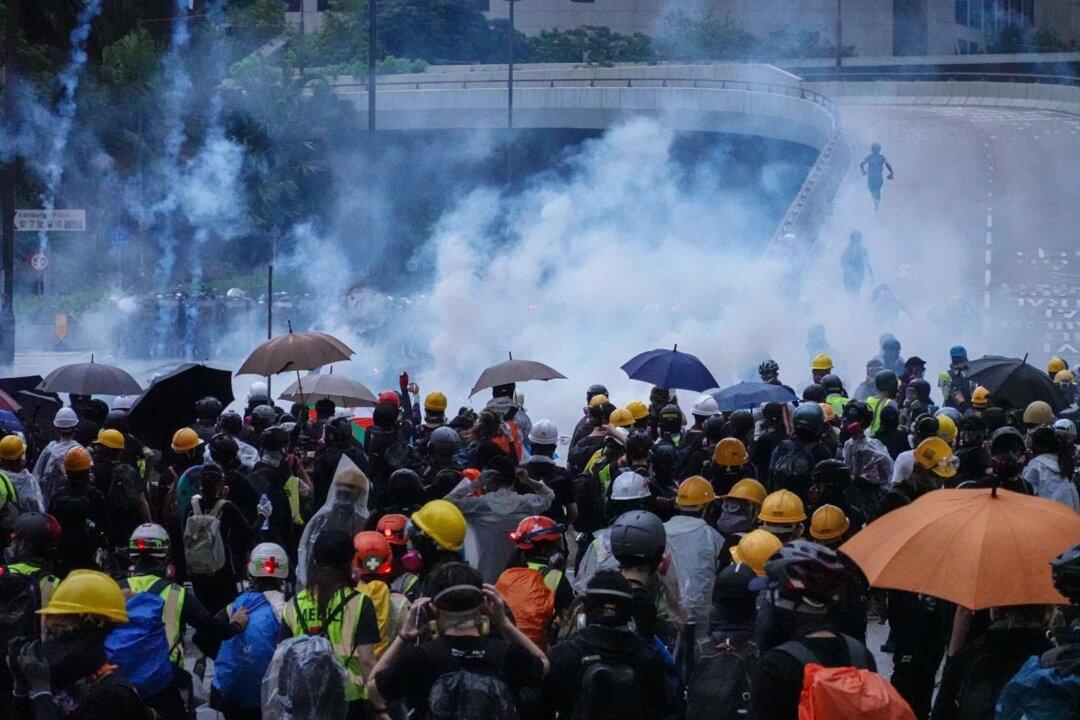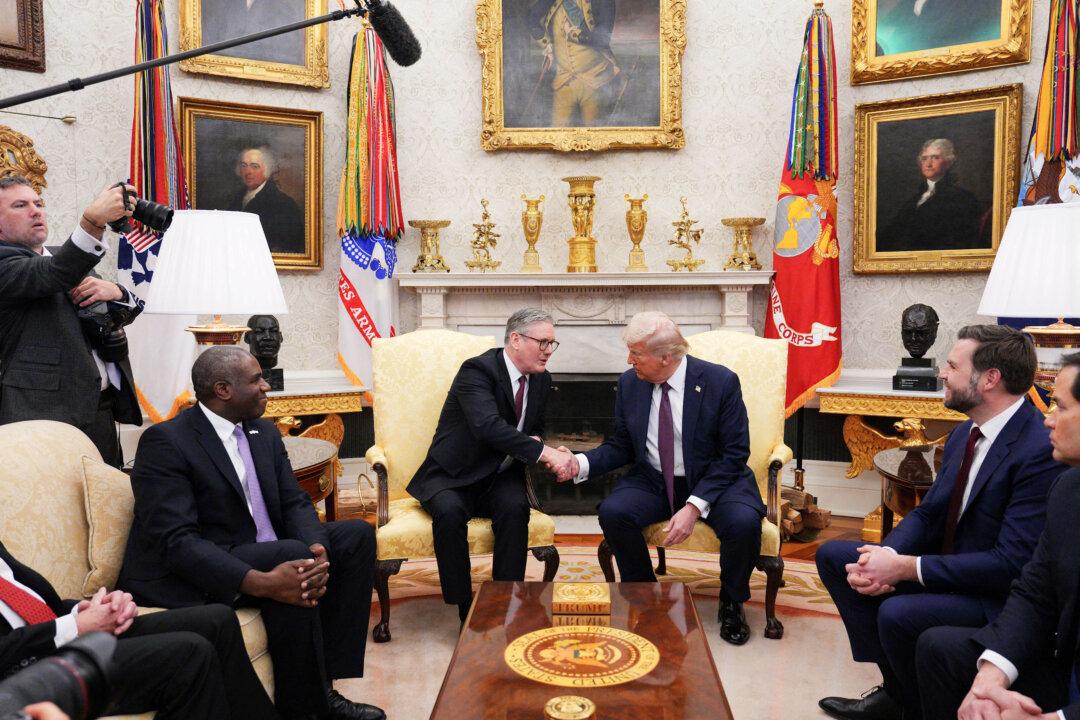Commentary
LGFVs (Local Government Financing Vehicles), in existence since 1991, are loosely regulated Chinese financial mongrels negotiating the middle ground in the country’s state-market collusive continuum. They are nominally market-sector companies but owned by the local governments themselves. Originally established for the laudable purpose of facilitating local infrastructure development, they have become notorious in helping local party chiefs boost off-balance sheet financing for grandiose projects useful for their own promotion while hiding for them the corruption in the projects they handle. In China, they are better known as chengtou (城投), short for Municipal Development Investment Company.





